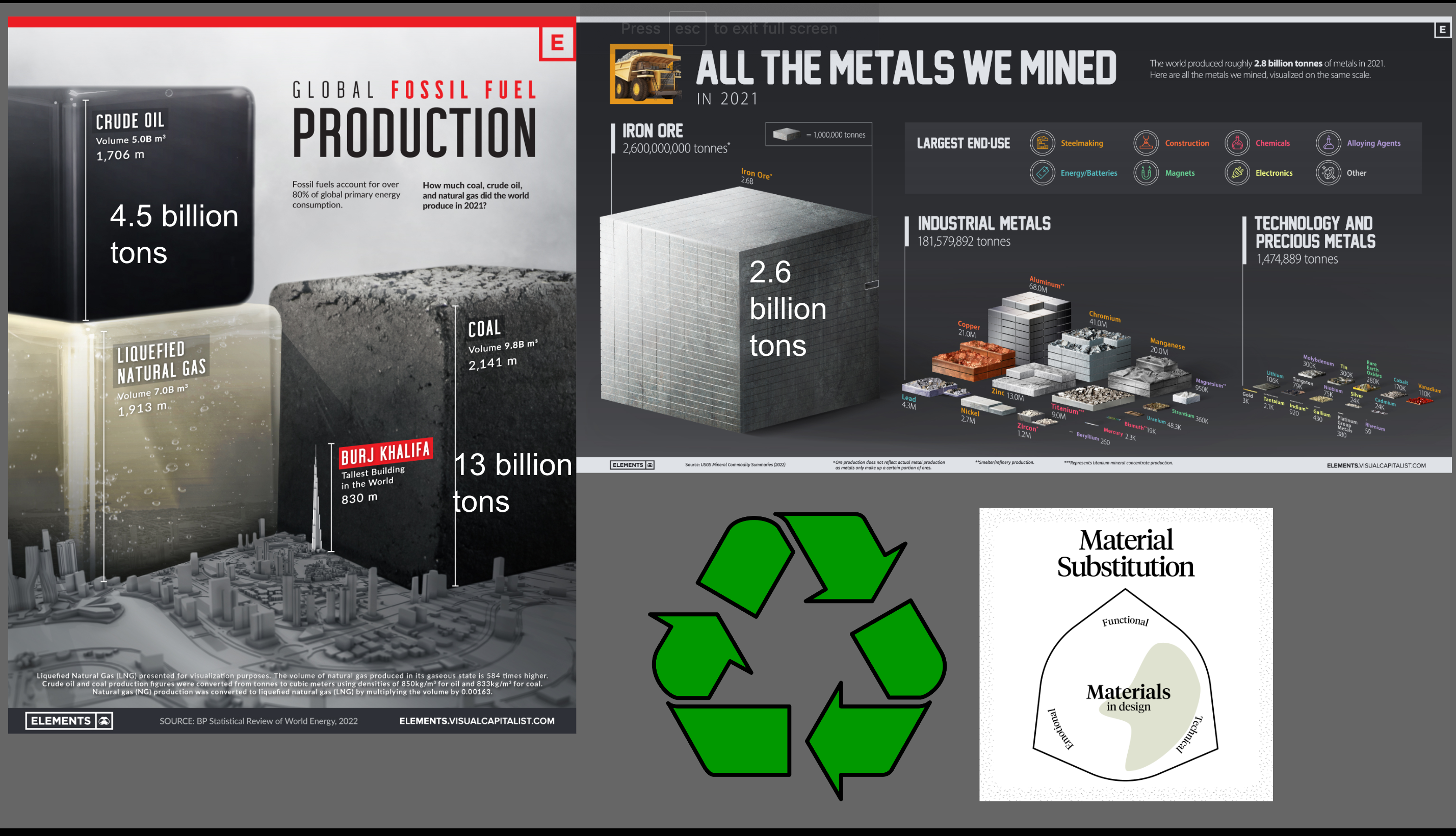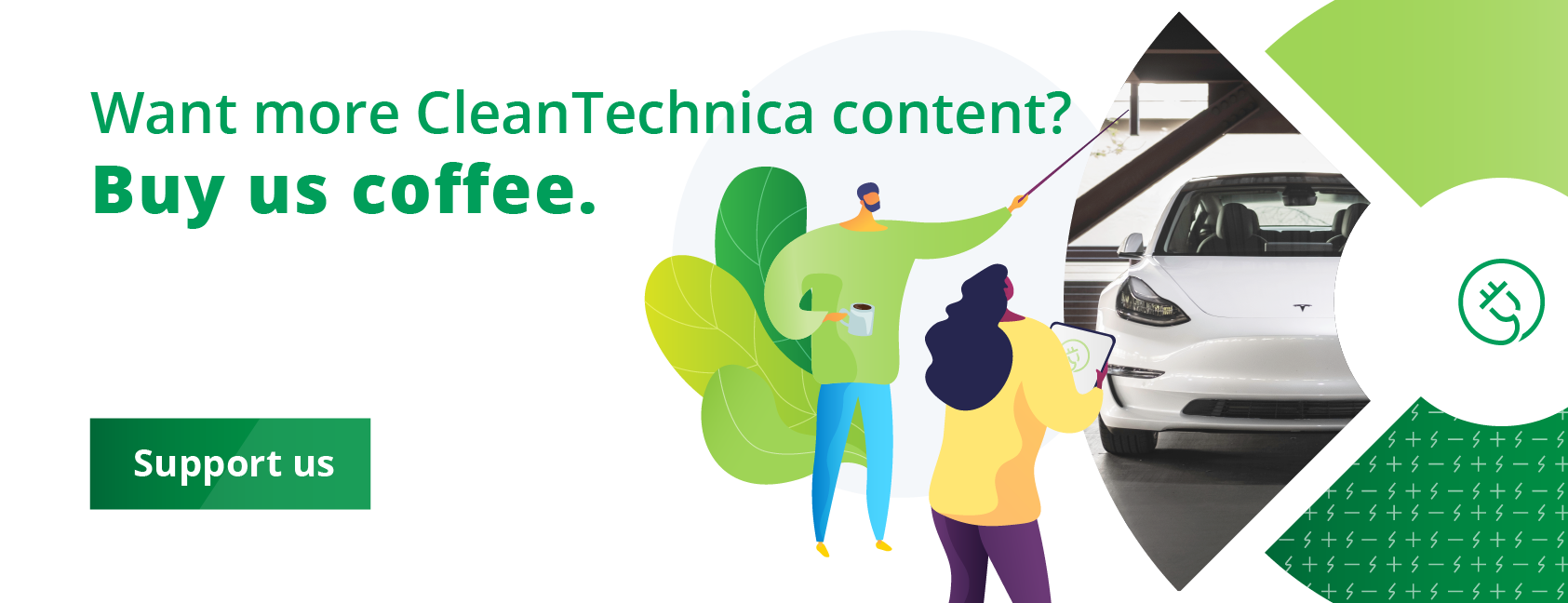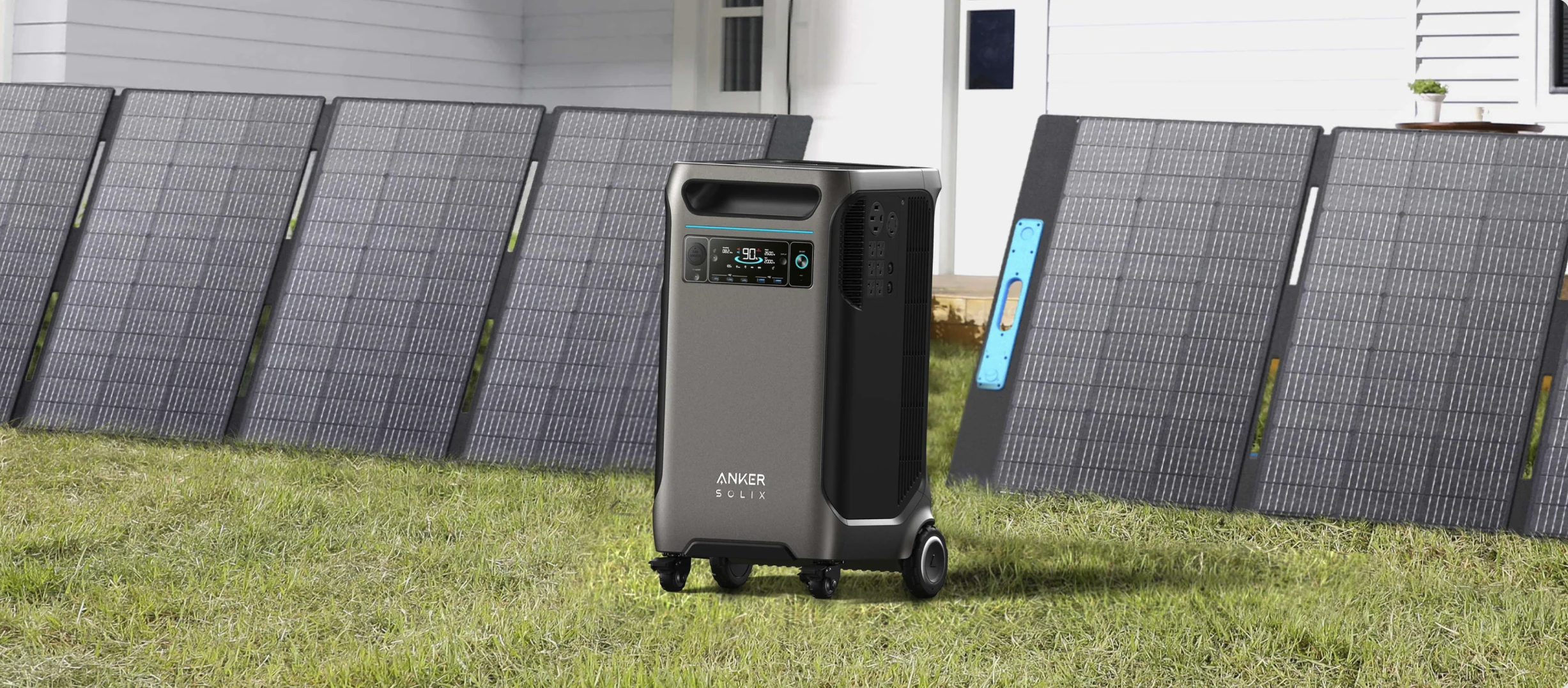
The other day I had the opportunity to talk with a few hundred mostly Australian participants in a Smart Energy Council webinar. It was organized to exploit my unusual timezone alignment with Oz as I spend a few weeks in New Zealand as a digital nomad. Over 600 signed up, many from other time zones to get access to the recording, and over 300 attended.
Naturally, there were far too many questions to answer during the event itself. As such, the organizer Steve Blume, former long-standing President of the Council, and I thought it would be useful to answer most of them here and share with the registrants as well. This is the first of a few articles with responses, which will be aggregated and shared by the Council as well for participants.
The framing of my prepared remarks was the Radical Electrification of Transportation. I’ve published a lot on the subject as I’ve dug through most modes over the past 15 years.

Intro slide to Michael Barnard presentation to Australian Smart Energy Council webinar
To summarize my presentation, all ground transportation will electrify. That’s cars, trucks, buses, utility vehicles, trains and mining vehicles. All inland shipping and two-thirds of short sea shipping will electrify, with only the longest routes requiring biofuels. Shipping and rail will also drop in tonnage due to removal of bulk fossil fuels from loads. Aviation will be disrupted by electric regional air mobility, autonomous flight, and digital air traffic control, and only trans-oceanic flights will require biofuels in 50 years.
That means the billions of tons of fossil fuels per year requirement for extraction, processing, refinement, and distribution are going away and being replaced by tens of millions of tons of technology metals such as lithium and cobalt, as well as a few hundred million tons of biofuels for aviation and maritime shipping. That’s all very doable.
The prepared remarks skimmed over all of that in 30 minutes or so, leaving far too little time for questions, and so I’ve chosen to respond to most of them in writing.
Marine Shipping
Given electrification is the future, surely there will be a global shipping increase for transporting batteries?
Yes, but rechargeable, reusable, and recyclable batteries are a rounding error in terms of mass compared to current fossil fuel demand.

Disparity between fossil fuel annual extraction of one-time use fuels vs reusable and recyclable high-tech minerals required for electrification. Embedded infographics courtesy Visual Capitalist
Extract oil, process, refine it, ship it, and burn it, and you are left with carbon dioxide and other air pollution. Generate electricity with wind and solar, run it through transmission and distribution infrastructure that lasts decades, charge a battery with it a few thousand times, then reuse the battery for grid storage, then scrap it for metals recycling. One ton of battery minerals lasts for thousands or tens of thousands of uses, while one ton of fossil fuels lasts for one use. Batteries and the higher value minerals in them will be containerized, not shipped in massive bulk carriers, and are accommodated as a load in the projected container shipping increase.
Do you have much hope for wind/sail powered bulk carriers, per the recent revelation from the mighty Cargill?
I don’t think that wind energy has much of a play in cargo shipping. The owner-operator business model conflict is a big problem, but so is ensuring cargo ships integrate with existing loading and unloading technologies at ports, where big masts that stick up are contraindicated. I think that the most likely option is bow-mounted parafoils, but even they have been struggling with the owner-operator conflict.
There are concerns about engineering, draft, and crew costs to be considered as well. For more on my perspective, I happened to have pushed an article for publication just before presenting: Will High-Tech Solid Folding Wings For Cargo Ships Scale Up To Big Ships?
Which sources of biofuels will be significant in the future? Algae seems to have been abandoned, corn has a major market but concerns regarding land usage (competing with crops).
I’ve done a lot of work in this space to understand feedstock sources. There are ten of them, and most of them are waste biomass from our existing agriculture and food systems. Diverting the 2.5 billion tons of food waste into biofuels, as one example, reduces anthropogenic methane emissions substantially, as the food doesn’t rot in landfills. Ditto the 1.4 billion tons of livestock dung in Europe alone annually. Biofuels aren’t a climate problem, they are a climate solution.
Can’t sea travel be nuclear?
Sure, but it runs into much worse headwinds than wind power for ships. The cost projections for small modular reactors are laughably naive and will be picked up entirely by the owners of the ships. Non-proliferation treaties are a big problem for commercial nuclear generation for a good reason, so sailing a nuclear reactor around our oceans without a huge armed flotilla keeping it intact isn’t a reality. Most SMRs considered for nuclear commercial ships require high assay, low-enrichment uranium, a nuclear fuel only available from Russia right now. Full assessment in this article.
Any progress regarding regulations, and price penalties to limit big ship emissions?
Yes. Once again, Europe is leading. Its emissions trading scheme includes more maritime fuels now, so that’s forcing change.
And the International Maritime Organization has been much more active than its sibling the International Civil Aviation Organization at looking for solutions. They are clearly signaling what they are interested in seeing countries create regulations around to mitigate and eliminate emissions, just as they did around massive sulfur emissions.
Aviation
Waste-to-Methanol to Sustainable aviation fuels (SAF): What’s your view?
Methanol processes that are remotely economic require a source of methane. That gas is a big greenhouse gas problem, and I’m not enamored of making more of it intentionally from biomass. Methanol itself is a climate change problem as it is today, with global CO2e emissions above 500 million tons annually. Job one is fixing methanol, not multiplying the problem.
Waste-to-ethanol to SAF I’m a fan of, as with pyrolysis and a few other source + technology pairs.
I read that contrails are actually good for reflecting sunlight away from earth. Should they be kept or even enhanced?
Contrails vary a lot. About 5% of contrails are massive heating forcers. A few percent are minor albedo increasers reflecting sunlight. The average is that 35% of aviation’s global warming forcing is from contrails. The aviation industry and tech giants like Google are teaming up to find simple operational flight changes that radically reduce contrail formation with minor fuel usage increases that are very affordable. And electric aviation creates no contrails.
We definitely shouldn’t be increasing contrails. They aren’t a benefit. Oddly, we do have a problem like that with maritime emissions. Some of the smokestack emissions from ships do reflect more energy back, and that’s been masking CO2e warming impacts. That’s true for diesel emissions on land as well. As we clean up transportation pollution, we are going to get an unwanted side effect of a bit more heating, but that doesn’t mean we shouldn’t clean up transportation, it means we need to stop burning fossil fuels.

Interesting point about decarbonized long haul air transport likely to come at (unsurprisingly) increased cost. I’m interested in what economic mechanism has been assumed to make it happen?
A fundamental premise in my projections is that we will address climate change. That will include pricing carbon one way or another. There is no pathway where aviation fuels will be as cheap as fossil fuels when we are allowed to use the atmosphere as an open sewer, but that doesn’t mean alternatives won’t be cheaper once we appropriately price carbon.
The recent barely perceptible movement by the ICAO and the better progress by IATA suggest the aviation industry is finally realizing it actually has to change. The inclusion of most aviation fuels in the EU’s emissions trading scheme and removal of indulgences has a lot more teeth, and will start to really bite with the carbon border adjustment.
Coming soon, questions on hydrogen, minerals value add in Australia, geopolitics, and more. Watch this space.
I don’t like paywalls. You don’t like paywalls. Who likes paywalls? Here at CleanTechnica, we implemented a limited paywall for a while, but it always felt wrong — and it was always tough to decide what we should put behind there. In theory, your most exclusive and best content goes behind a paywall. But then fewer people read it! We just don’t like paywalls, and so we’ve decided to ditch ours. Unfortunately, the media business is still a tough, cut-throat business with tiny margins. It’s a never-ending Olympic challenge to stay above water or even perhaps — gasp — grow. So …




